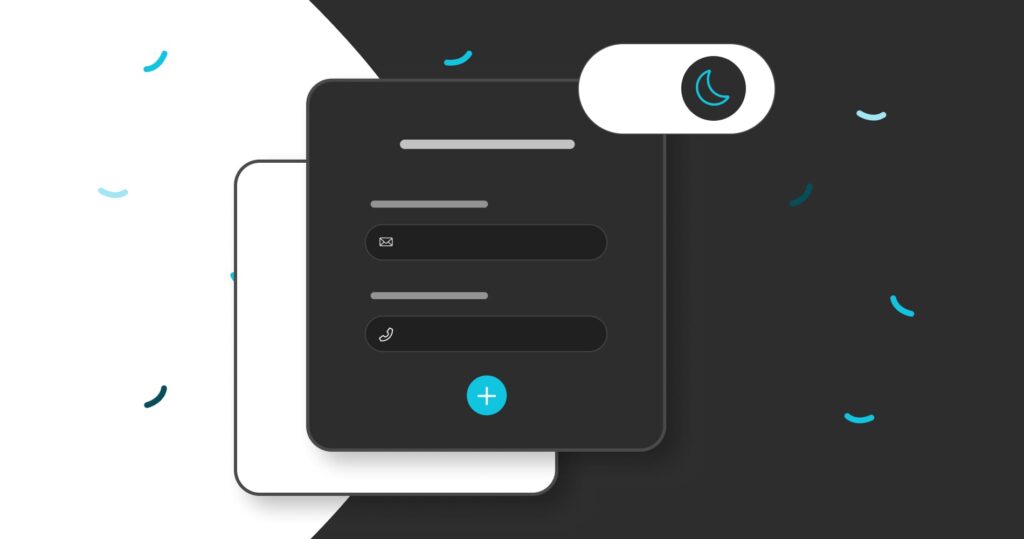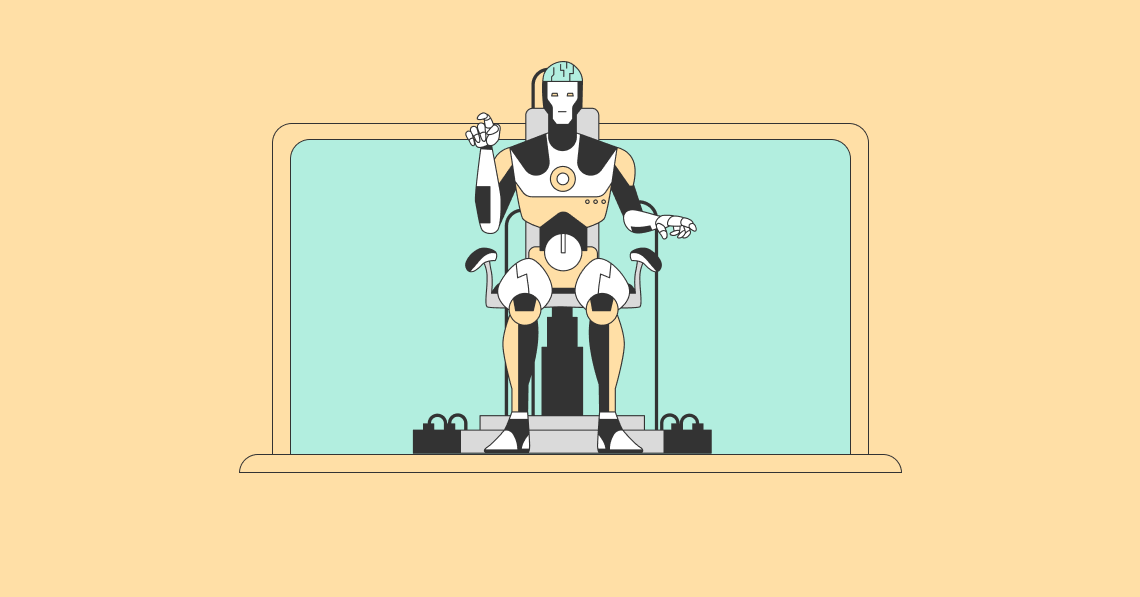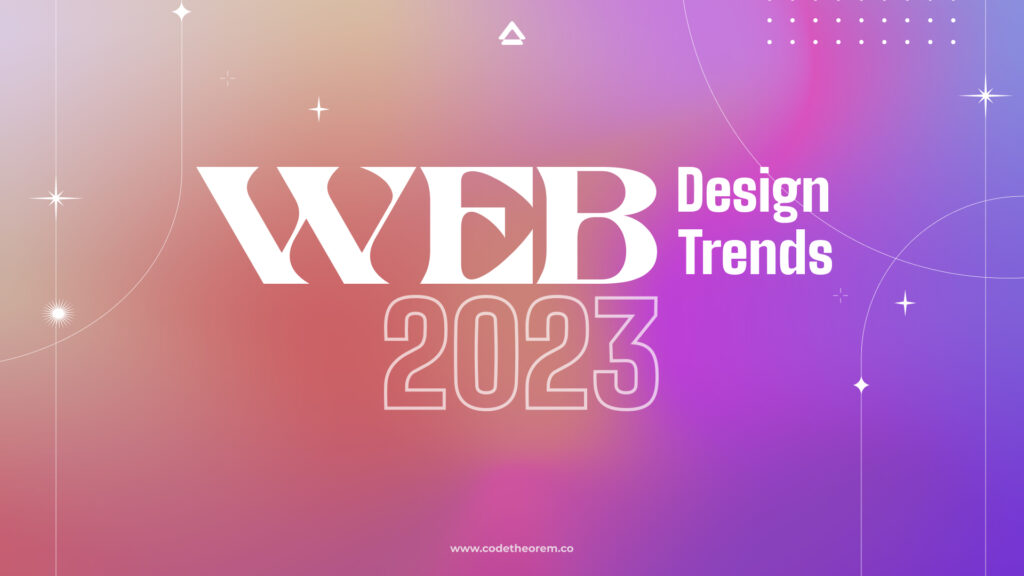The world of web design is constantly evolving, with new trends, technologies, and best practices emerging at a rapid pace. Staying informed about the latest industry news and developments is essential for web designers and developers who aim to create cutting-edge and user-friendly websites. In this article, we’ll explore some of the most noteworthy trends and insights currently shaping the web design landscape.
1. Responsive Design Continues to Reign

Responsive web design, which ensures that websites look and function well on all devices, remains a top priority for web designers. With an increasing number of users accessing the web via mobile devices, responsive design isn’t just a trend; it’s a necessity. Designers are focusing on creating flexible layouts and optimizing performance to deliver seamless experiences on smartphones, tablets, and desktops.
2. Dark Mode and Minimalism

Minimalism in web design has been a recurring theme for several years. In 2023, we see a rise in dark mode designs. Dark backgrounds with contrasting text and vibrant accents are not only visually appealing but also reduce eye strain, making them a popular choice for websites and applications. Minimalistic design principles, with clean lines and ample white space, continue to dominate, enhancing user focus and readability.
3. Accessibility Takes Center Stage

Web accessibility is no longer an afterthought but a fundamental requirement. Ensuring that websites are usable by individuals with disabilities is both a moral imperative and a legal obligation. Designers are incorporating accessible design elements, such as alt text for images, keyboard navigation, and proper heading structures, to create inclusive digital experiences.
4. Advanced Animation and Microinteractions

Subtle animations and microinteractions add depth and interactivity to websites. From animated button hovers to loading spinners, these small details enhance user engagement and delight. Web designers are utilizing CSS animations and JavaScript libraries to craft elegant and functional microinteractions that improve user experience.
5. AI-Powered Design Tools

Artificial intelligence is making its mark in web design through AI-driven design tools. These tools assist designers in generating layouts, color palettes, and even content recommendations based on user preferences and data analysis. While they won’t replace human creativity, AI tools can significantly streamline the design process.
In conclusion, the web design industry is a dynamic field, and staying current with the latest trends and insights is vital for creating exceptional digital experiences. As we continue into 2023, responsive design, dark mode aesthetics, accessibility, and AI-driven tools are some of the key factors shaping the industry. Embracing these trends can help designers create websites that are not only visually appealing but also functional and user-friendly.
Stay tuned for more updates on the ever-evolving world of web design, and remember that continuous learning and adaptation are at the heart of successful web design.

